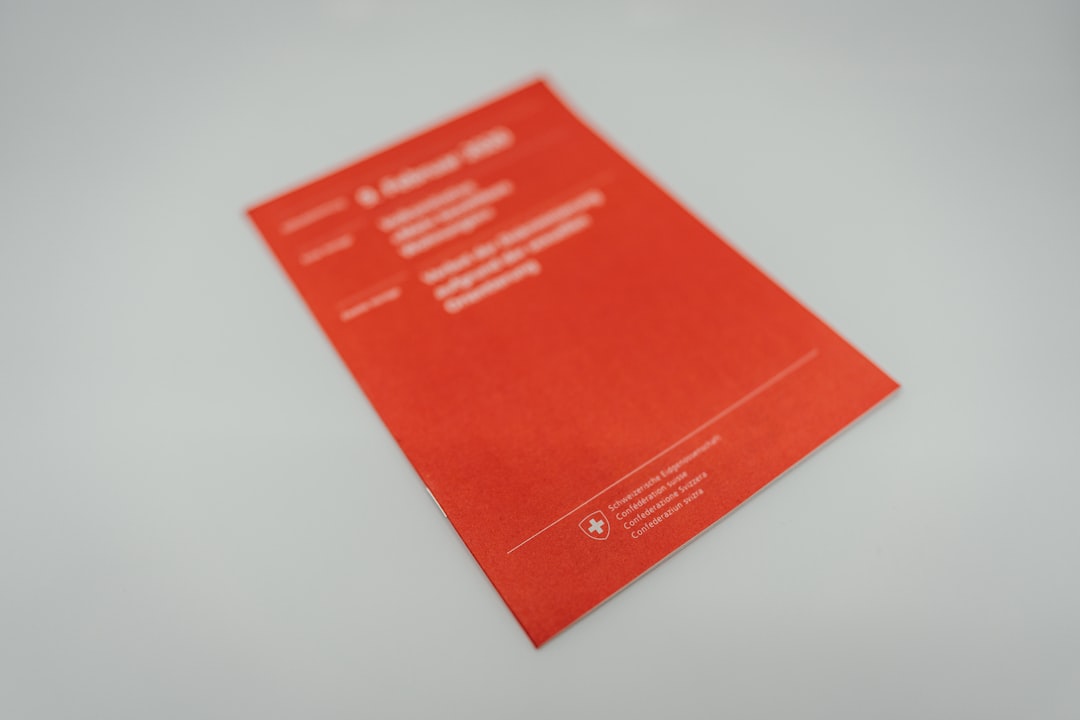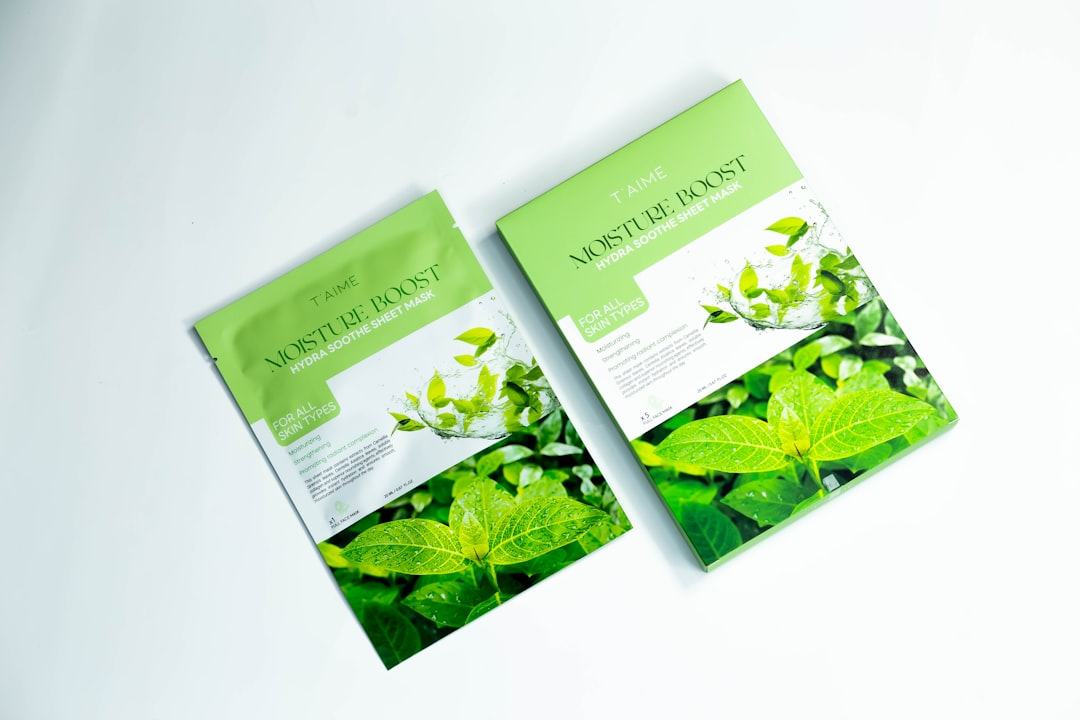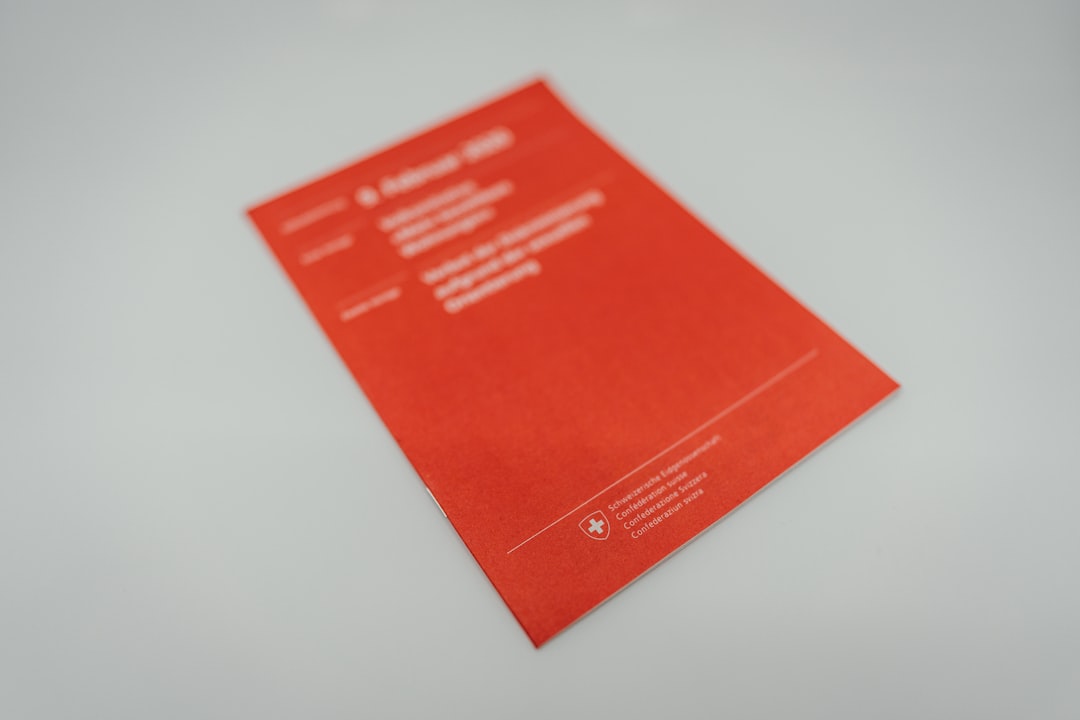When it comes to printing marketing materials like brochures, choosing the right finish is just as important as designing the content. One finish that’s often overlooked but packs numerous benefits is the matte finish. Particularly for double-sided brochures, a matte coating can enhance both visual appeal and functionality. In this article, we’ll explore the various advantages of using a matte finish and why it could be the right choice for your next print campaign.
What is a Matte Finish?
A matte finish refers to a smooth and non-glossy surface that’s soft to the touch. Unlike gloss finishes, which reflect light and can appear shiny, matte finishes diffuse light, giving materials a more muted and sophisticated look. This subtle surface treatment offers a variety of benefits, particularly when applied to brochures printed on both sides.
Key Advantages of Using a Matte Finish
- Improved Readability: One of the most noticeable benefits of a matte brochure is the enhanced readability. The non-reflective surface prevents light glare, making the text easier to read under different lighting conditions.
- Enhanced Aesthetic Appeal: Matte finishes are known for their elegant and modern appearance. They add a touch of class that suits high-end brands and formal presentations perfectly.
- Better for Double-Sided Content: Because it creates a more tactile and non-slip surface, a matte finish is ideal for double-sided brochures. It prevents smudging and gives each side a clean, professional look.

Professional Presentation
When your brochure is printed front and back, both sides need to shine—figuratively, not literally. A matte finish gives your content a polished yet understated appeal, making it easier for recipients to focus on what matters: your message. It is especially useful in industries where professionalism and clarity are paramount, such as finance, law, and healthcare.
Less Fingerprints and Smudges
Double-sided brochures are often passed between multiple hands or displayed for extended periods. A gloss finish can attract fingerprints and smudges, which make your material look worn down. Matte finishes, on the other hand, are fingerprint-resistant and maintain their clean appearance much longer. This makes them excellent for extended use at conferences, trade shows, or waiting rooms.

Writing Friendly Surface
If you want recipients to write notes or fill in forms on your brochure, then a matte finish is a must. Its slightly porous quality makes it much easier to scribble on with pens or pencils. This is crucial for brochures that double as service menus, appointment sheets, or response forms.
Consistent Color Representation
Although gloss finishes can make colors appear more vibrant, they sometimes distort color consistency under different lighting conditions due to their reflective nature. Matte finishes offer consistent color presentation, which is better for materials that require attention to detail and accuracy in branding or imagery.
More Durable Than You Think
There’s a common misconception that matte means less durable. However, many modern matte coatings protect against minor scratches and folds just as well as their glossy counterparts. This durability ensures your double-sided brochures will hold up under regular handling while maintaining their pristine look.
Eco-Friendly Options
Many printers now offer recyclable and environmentally friendly matte coatings. If sustainability is an important part of your brand message, a matte finish can support that initiative while still delivering high-quality results.

Conclusion
Choosing a matte finish for double-sided brochures is more than just a stylistic decision—it’s a strategic one that can influence how your materials are received and interacted with. From improved readability and professional appearance to fingerprint resistance and eco-friendliness, matte finishes offer a wide range of advantages. Whether you’re printing informational literature, promotional handouts, or client-facing portfolios, consider using a matte finish to truly make your material stand out.


